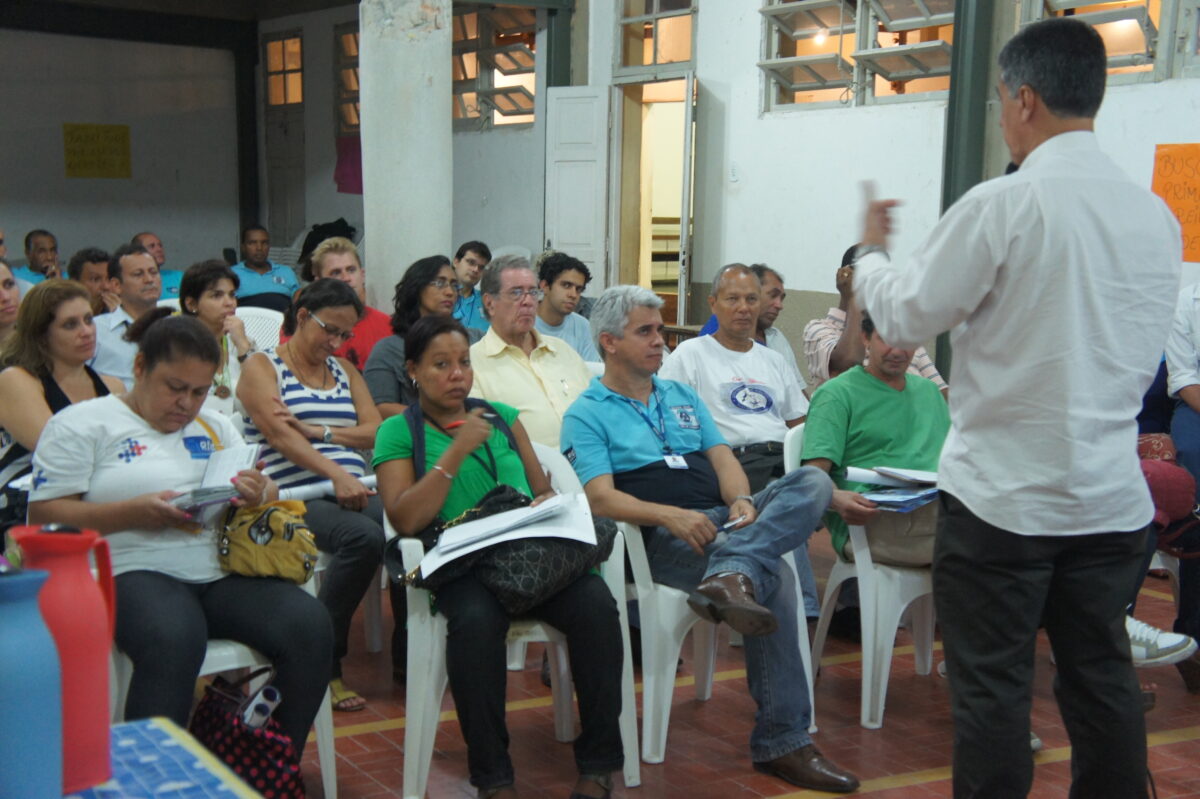
Much has been written about the forced evictions and housing discrimination going on in Rio de Janeiro, but there could be some good news for residents of Laboriaux, as talk of infrastructural development has spread throughout the community. Some projects have been undertaken, but a number of these proposed projects could come to fruition within the coming months. The information was revealed to community residents during a meeting on Monday, May 9, 2011.

During the meeting members of Rio de Janeiro’s Civil Defense voiced concerns over the “At Risk Areas,” in Rocinha and Laboriaux, and stated that during last year’s rains 67 people died as a direct result of these rains. Because of the precarious conditions in these communities an estimated 1,700 families, or about 8,000 people, were known to be living in conditions of risk. The Civil Defense spoke at length about Rocinha having the highest number of families in Rio de Janeiro living under these conditions. And we can potential estimate that residents of Rocinha are living in some most precarious conditions in the hemisphere.
An interesting note that was highlighted during these meetings is that Rocinha produces, on average, about 100 Tons of trash per day, which is roughly 220,000 pounds. Over a seven day period this amounts to about 1,500,000 pounds per week, 6,160,000 pounds per month or 73,920,000 pounds per year. In total Rocinha alone produces about 33.53 million metric tons of waste per year. To put this in perspective Germans produce about 48 million metric tons of garbage each year and UK residents, which is out 60 million people, produce about 35 million metric tons of waste each year.
There where two more positive results from the meeting. First, it was announced that this community will be the first in Brazil, and one of the first in Latin America, to have an emergency siren system that will alert community residents when to evacuate the community in case of an emergency. This is part of new emergency management regulations, implemented due in part because of the high number of deaths caused each year during rainy season. The hope is that through these warning signals community residents can leave their homes in time, and not be subject to the damages caused by Mother Nature.
The other positive news, as seen by some, was that the word “eviction” was not mentioned by the Civil Defense Engineers. It remains to be seen whether this was because plans for removals have ceased, or because the topic has been controversial enough not to mention. We will wait and see….



You must be logged in to post a comment.